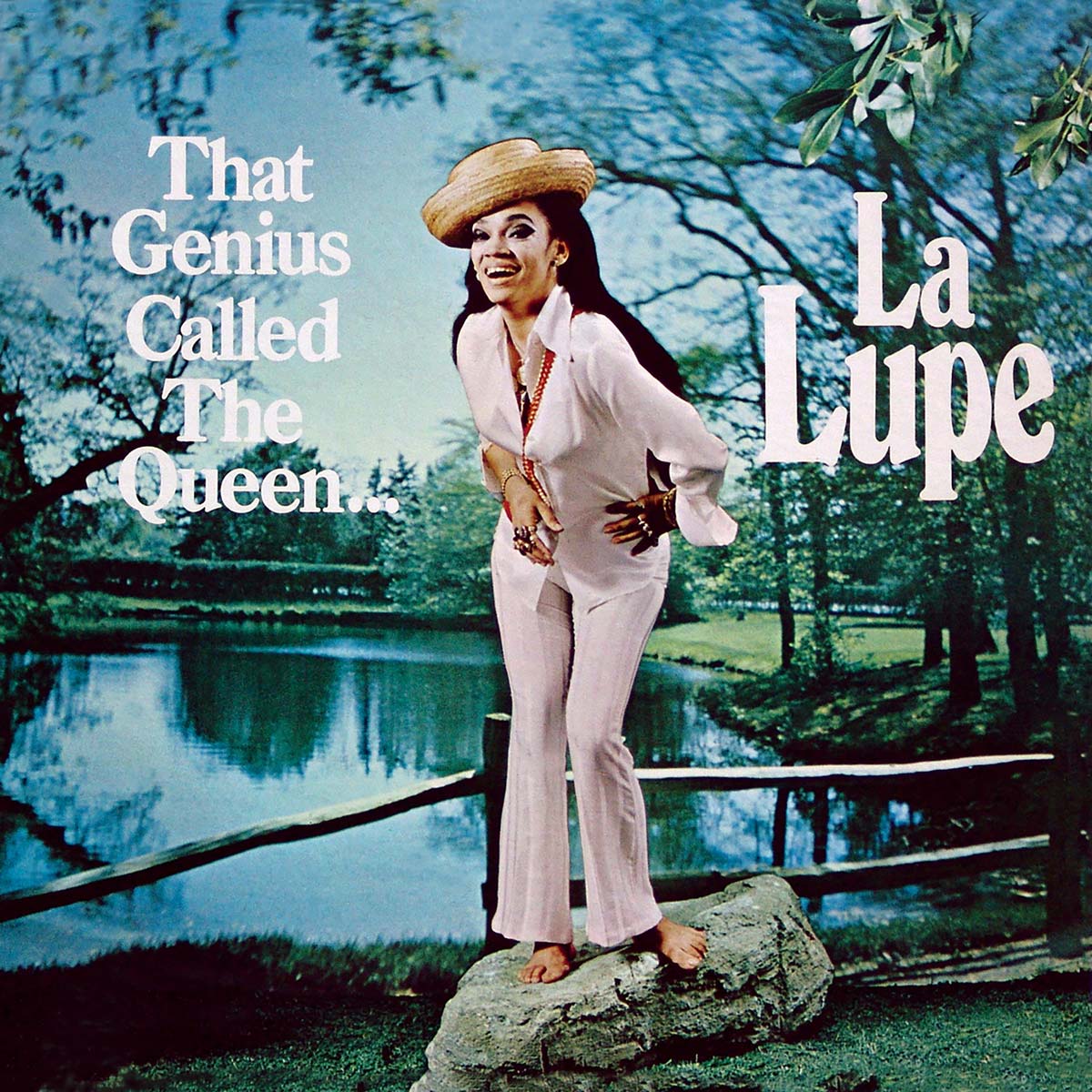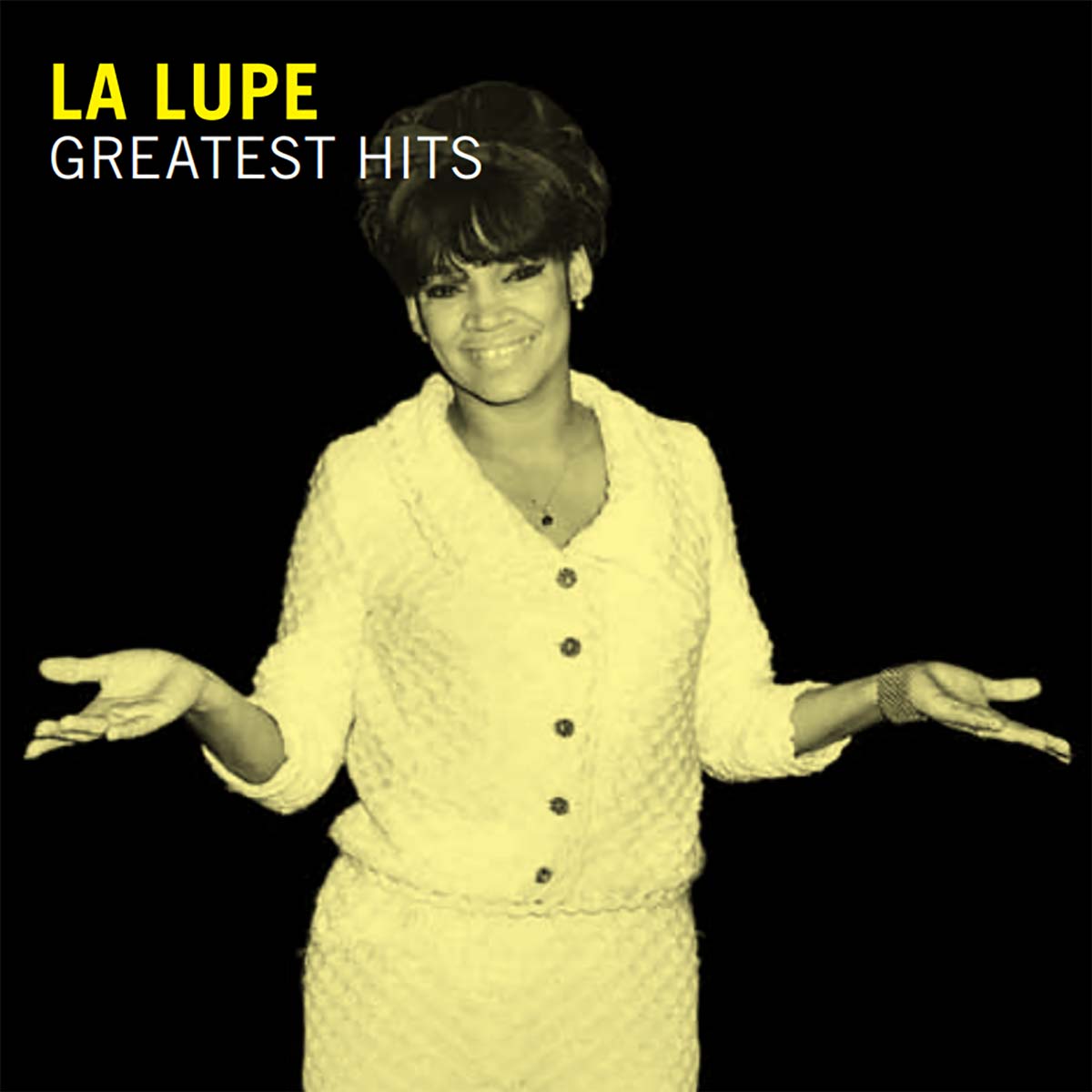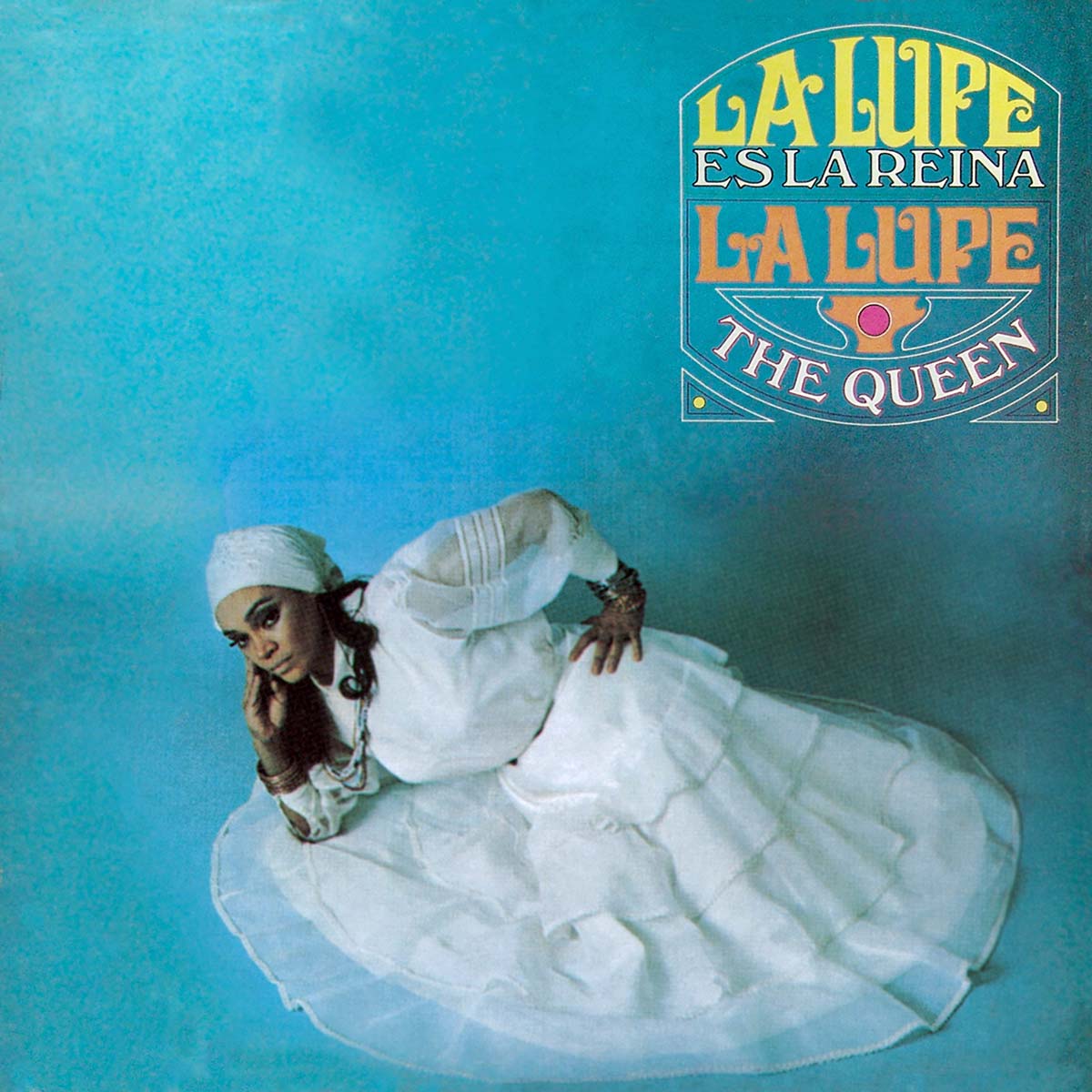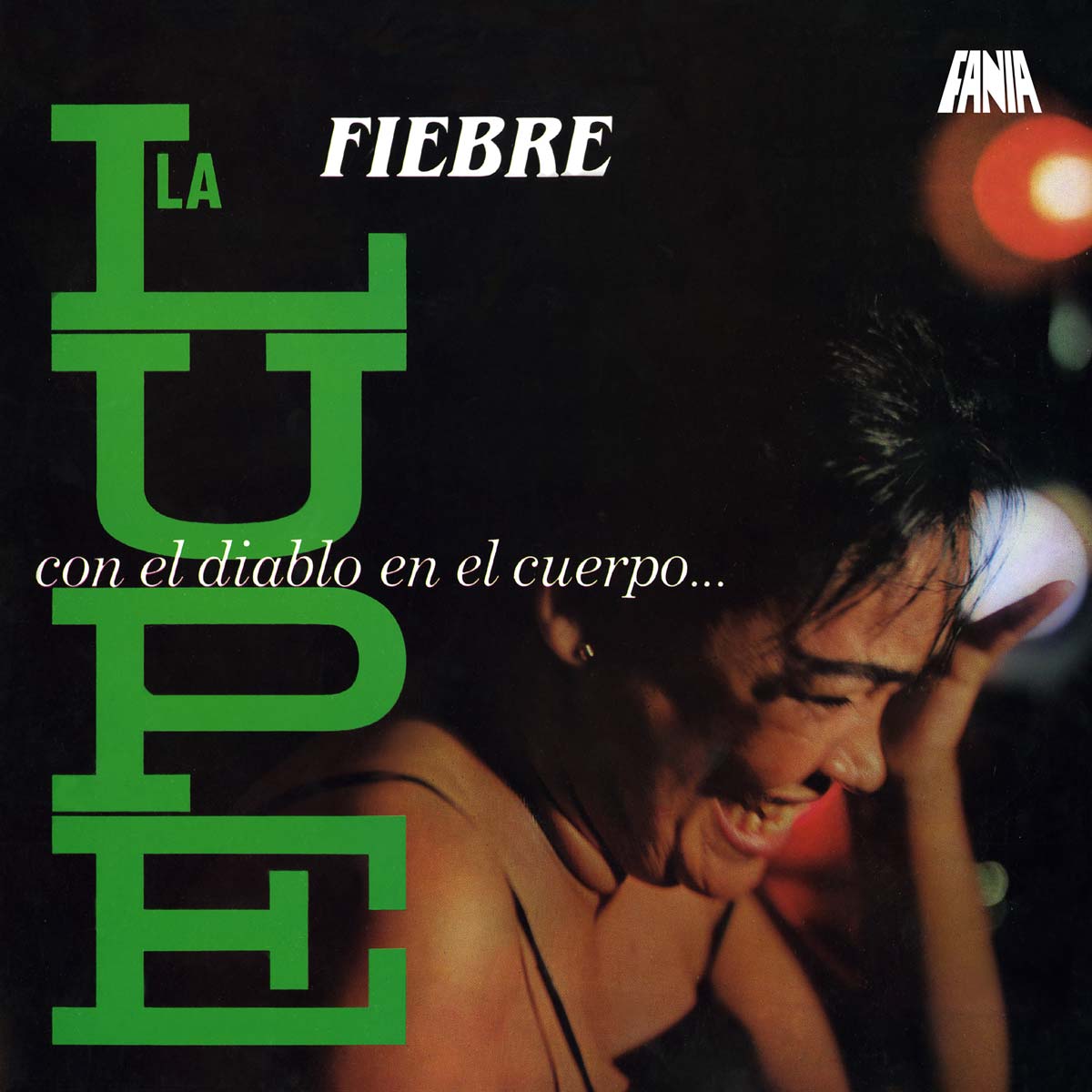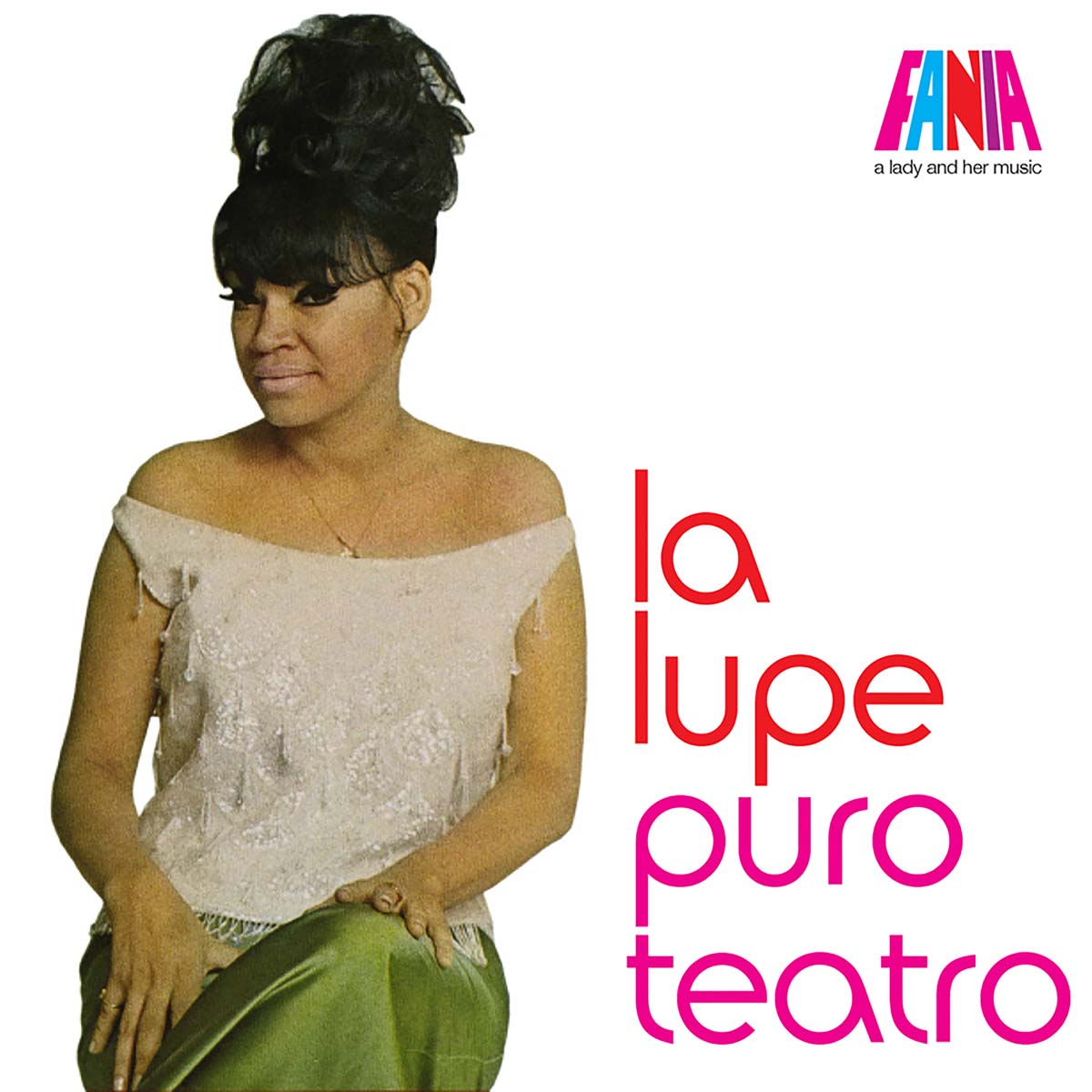
When La Lupe arrived in New York City in 1962 at the age of 26, alone and broke, she was already a legend. The Cuban novelist Guillermo Cabrera Infante wrote that she was “a phenomenological phenomenon,” and Ernest Hemingway dubbed her the creator of the art of frenesi – of delirium and frenzy.
Lupe Yoli Raymond was born in a small town in Santiago de Cuba on November 23, 1936. By 1957, she was singing professionally with Havana tríos. She began her career as a soloist in the small bohemian club La Red, where she was baptized La Lupe by journalist Rafael Casalins.
Dressed in demure gowns, she would improvise lyrics, change styles, tear her dress up, pull her hair, moan her trademark cry of ayyy yiyiyí, clutch her breasts and push the pianist to go faster and faster. Aggressive, irreverent, childlike and feral all at once, she was out of step with Fidel Castro’s burgeoning cultural changes. By 1961 it was clear to La Lupe that there was no room in Cuba for me and the Cuban revolution. La Lupe arrived in New York City in 1962 and quickly became a sensation, recording with Mongo Santamaría and a young Quincy Jones. But it was her collaboration with Tito Puente that established her legacy, giving us some of the best albums in Latin music history. Fred Weinberg, La Lupe’s favorite sound engineer (now a record producer and composer) recalls their early sessions for the Tico label: It was like a hurricane. She would run in and talk to Tito about the arrangements. And he would tell me to roll the tape while they rehearsed. No two takes were the same, so we grabbed whatever we could. Weinberg described their differing points of view as cultural differences, and possibly the main reason why their intense collaboration worked so well. If a song was too slow for her, she would say: “No, no, no, no no.” If Tito told her that it was too fast, she’d say: “It’s not too fast. Lo quiero así. This is the way I want it.”
By 1968, La Lupe was performing as a solo artist. Music producer and arranger Joe Cain claims that she had a knack for finding hit songs. When La Lupe heard “El Tirano,” a song about the aftermath of a love affair from a man’s point of view that her friend Tite Curet Alonso had written for Roberto Ledesma, she fell in love with the tune. “El Tirano” became “La Tirana,” one of the singer’s fiercest anthems. In the early ’70s, La Lupe appeared on the television shows of Merv Griffin, Johnny Carson, Mike Douglas, David Frost and Dick Cavett. But her personal life was unraveling and the new wave of urban salsa favored Celia Cruz.
By 1984, La Lupe had lost everything and was about to begin the last stage of her life as an evangelical preacher, telling her dramatic life story in church testimonials. La Lupe died in the Bronx on February 29, 1992.
She was forgotten by most until Spanish filmmaker Pedro Almodóvar used her rendition of “Puro Teatro” on his breakthrough film Women on the Verge of a Nervous Breakdown.
Written by Ela Troyano


